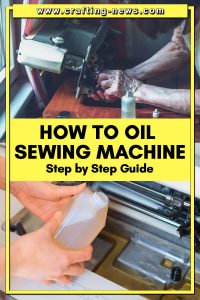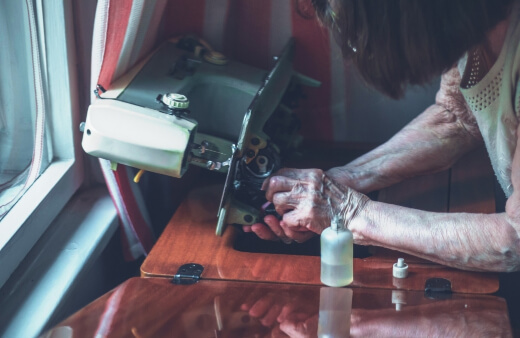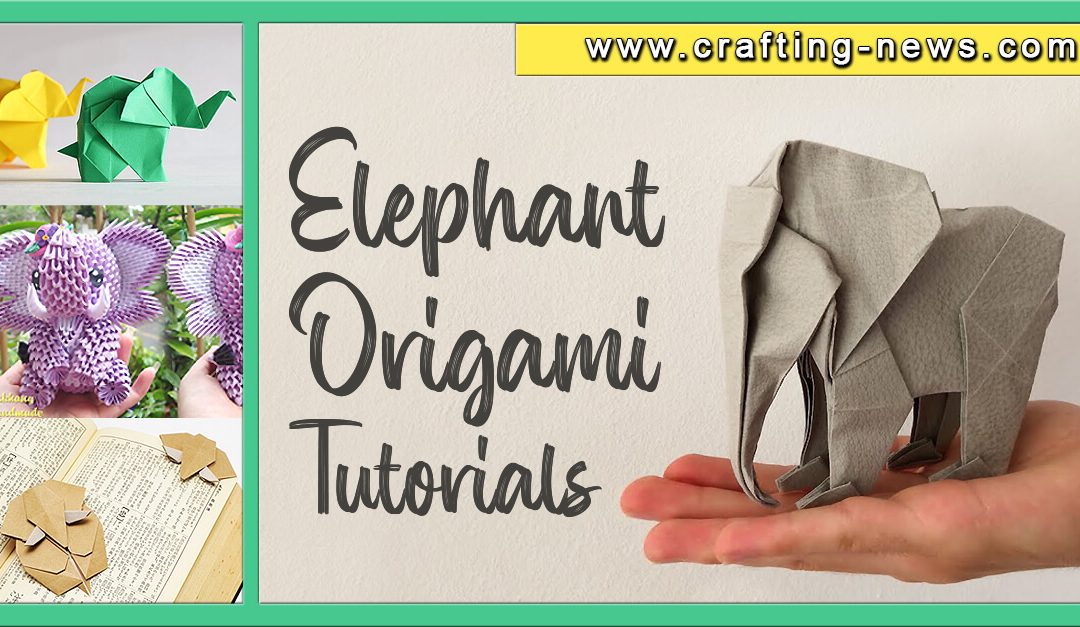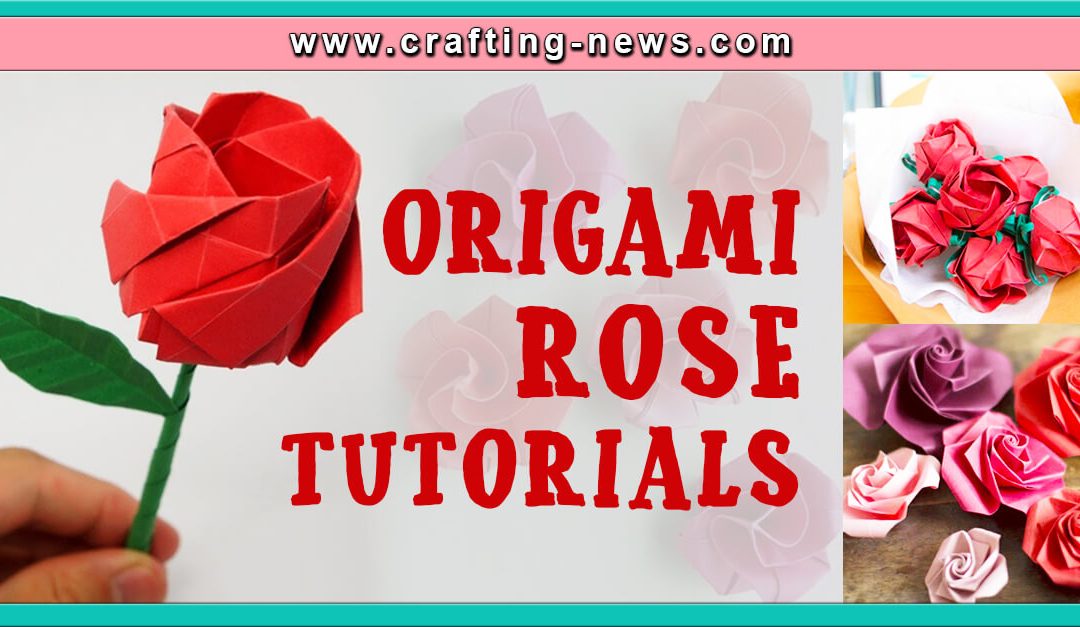To keep your sewing machine in good running condition, it needs to be oiled regularly. Oiling the machine will help to ensure the parts do not experience excessive wear and fail.
So, if you are new to oiling a sewing machine, you are probably asking how to oil sewing machine. We are here to make the process easy for you. Continue reading to learn more.

When to Oil Sewing Machine?
A sewing machine experiences a lot of wear when you are sewing. The oil will help protect the components and keep it running smoothly.
Benefits of oiling a sewing machine include:
- Reduces friction
- Prevents rusting
- Will run more smoothly
- Reduces noise
- Increases the life of the machine

When Does a Sewing Machine Need Oiled?
Refer to your owner’s manual to determine when you should oil your sewing machine. If you have a machine that is made from plastic and rubber components, it may not need to be oiled. However, if it is a high-quality machine that is made from metal components, it probably needs to be oiled.
When choosing the best sewing machine oil, do a little research. Choose the best oil for your machine. There are often three types of oil to choose from. These are mineral oil, synthetic oil and natural oil.
What Parts of a Sewing Machine Needs Oil?
The components of the sewing machine that need oiled will depend on the machine you own. Each machine is different and has its own specific needs. To make sure that you lubricate all the components, check your manual.
There are two common areas of a sewing machine that are universal and often need oiled. These include the needle bar and bobbin compartment.

What Type of Sewing Machine Oil Should You Use?
The type of sewing machine oil you should use depends on the type of sewing machine you have. Always refer to your user’s manual when cleaning and oiling your machine. And never use car oil or cooking oil. Using the wrong type of oil can damage your machine, leaving it unusable.
How to Oil Sewing Machine
We always recommend following the how to lubricate sewing machine directions located in your user’s manual. Our instructions are for reference only. But they can be applied to most basic home sewing machines.
- Unplug your sewing machine.
- Remove the needle, presser foot, thread and all loose parts.
- Clean the machine thoroughly. See our previous article to learn more about how to clean a sewing machine.
- Place one to two small drops of oil behind the shuttle hook. Your manual may also recommend oiling the hook race, housing and outer ring.
- Place one to two small drops of oil on the needle bar. To do this, you may have to remove the face plate. Some face plates swing open, while others need to have a screw removed to take it off.
- Twist the hand wheel back and forth to lubricate the parts thoroughly.
- Wipe away any excess oil with a clean cloth. You do not want oil to get on the thread or cloth while you are sewing.
- Put the sewing machine back together.
- Test the sewing machine using light coloured thread and yarn. This will help to ensure the machine is running properly and no oil is going to get onto your projects.
Below is a video link from Easy Sewing for Beginners to help you better understand how to use sewing machine oil.
Tips for Oiling Sewing Machine
- Always unplug your sewing machine. Leaving it plugged in can be dangerous. You can electrocute yourself, accidentally sew yourself, or damage the machine.
- Always refer to your owner’s manual. If you do not have the manual, see if you can find it online. Most sewing machine manuals are available as printable PDFs.
- Clean the machine before you add any oil. Leaving dirt, dust and debris in the machine and adding oil to it can cause damage.
- Only use the recommended oil. Other types of oil can gum up and damage the sewing machine.
- Use a soft lint-free cloth to remove any excess oil.
- Only use a drop or two of oil when lubricating a component. Excess oil can damage the machine and your sewing project.
- Always test the machine before sewing on a project. You want to be certain there is no excess oil that is going to ruin your project.
Now You Know How to Oil Your Sewing Machine
Oiling your sewing machine is an important step to keep your machine working for years to come. Regular oiling will prevent friction and rusting. Your machine will highly benefit from regular oiling.
Do not put off oiling due to fear. Learning how to oil sewing machine is easy, and you will be glad you did it.






